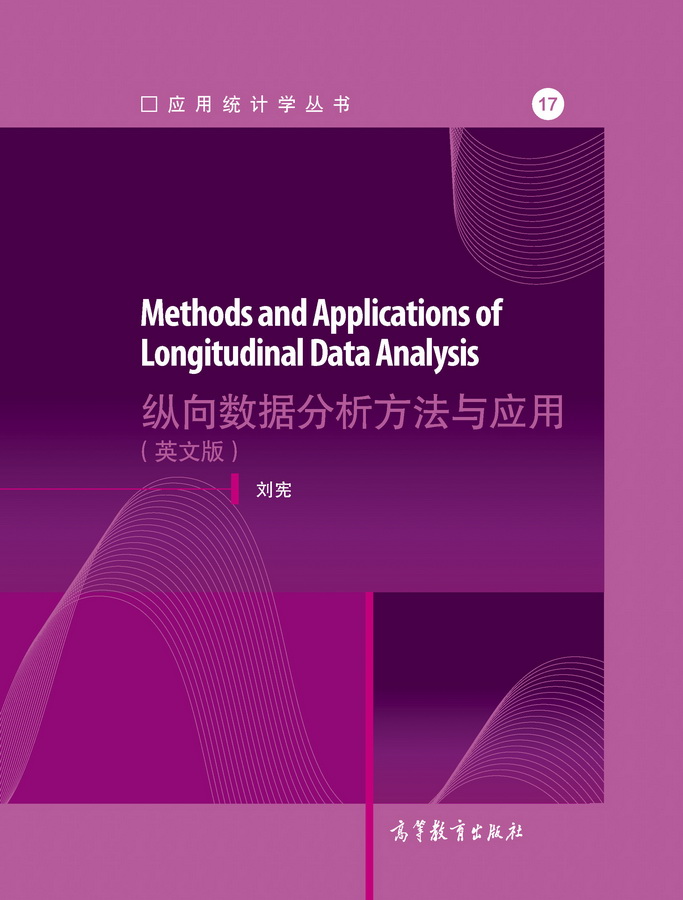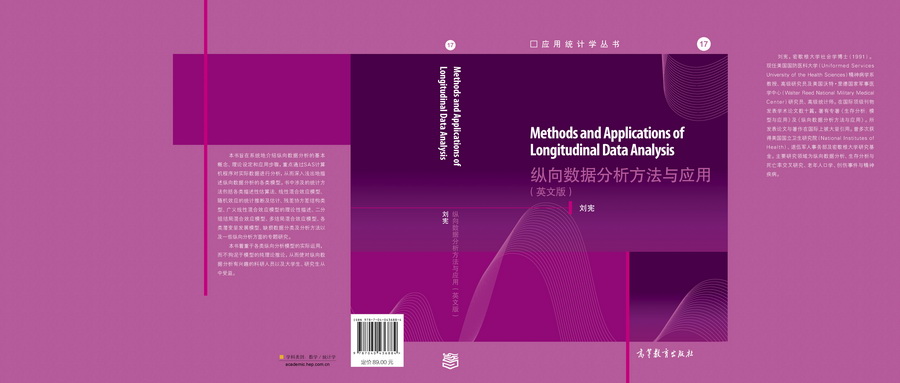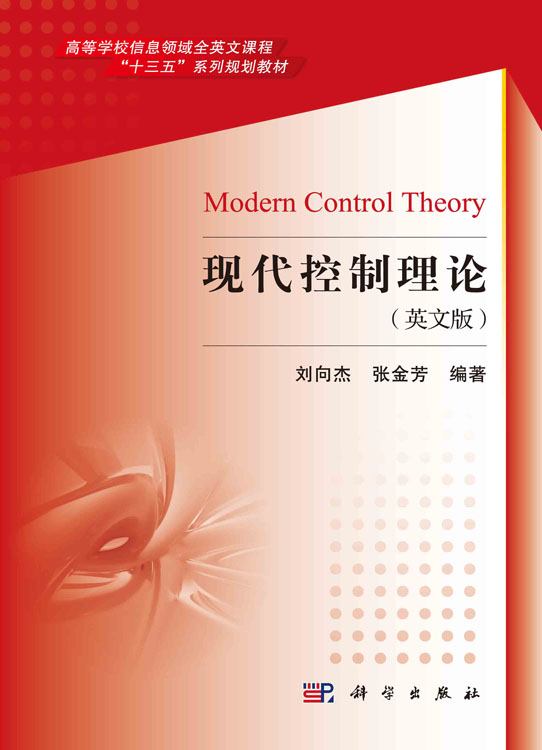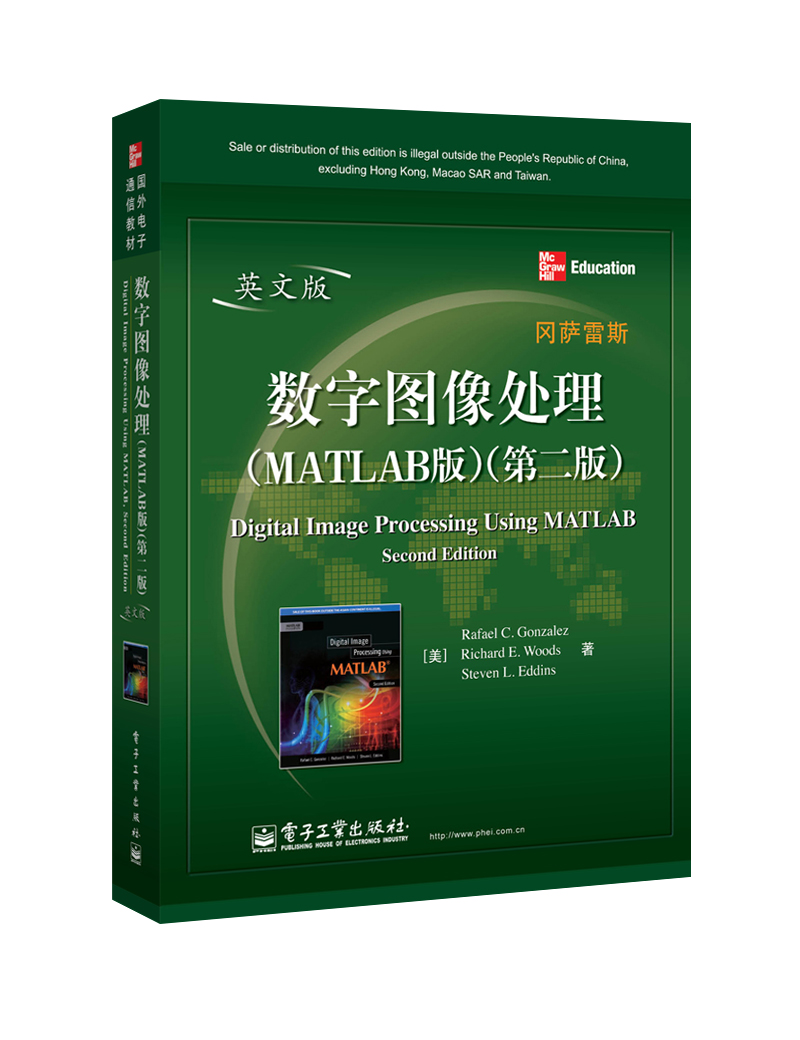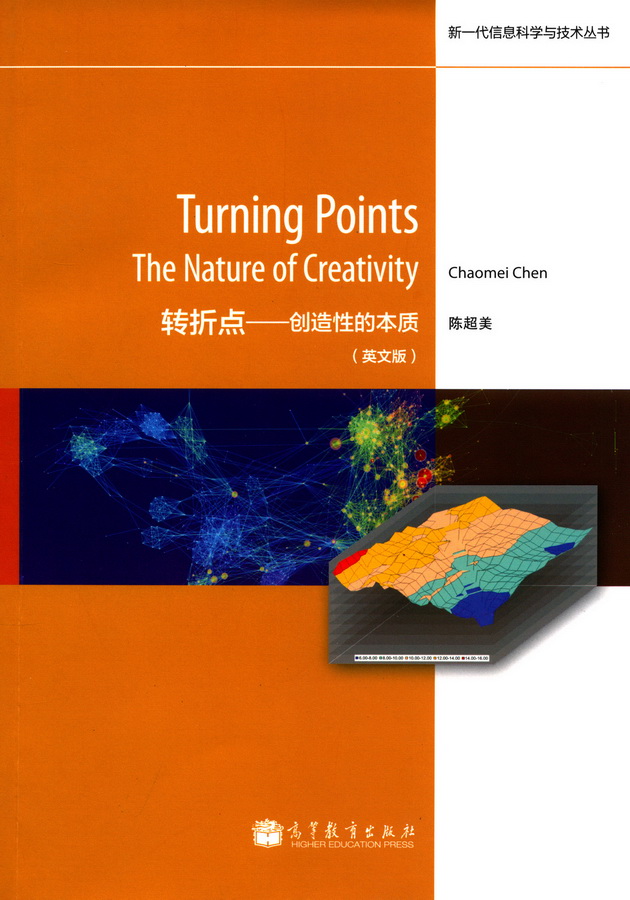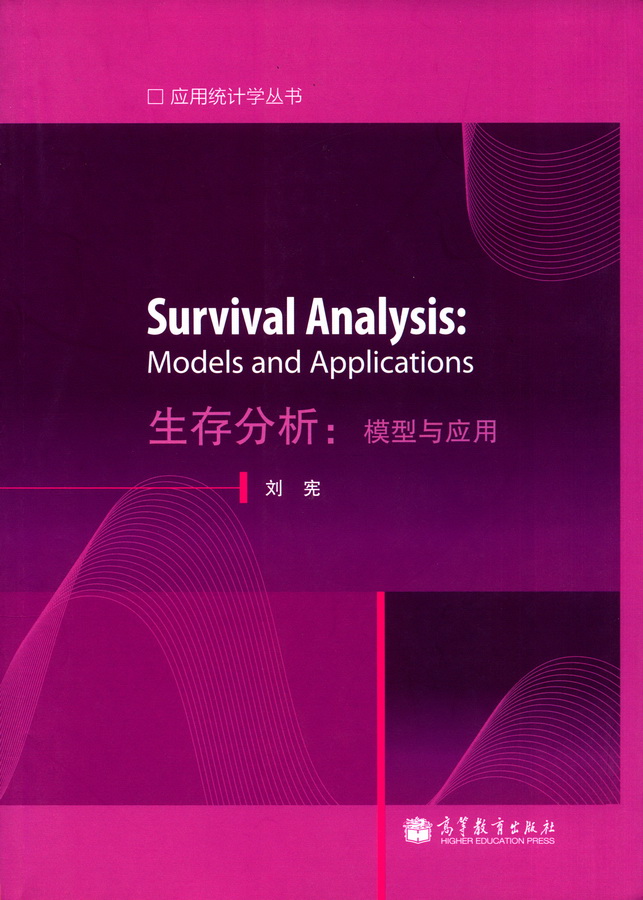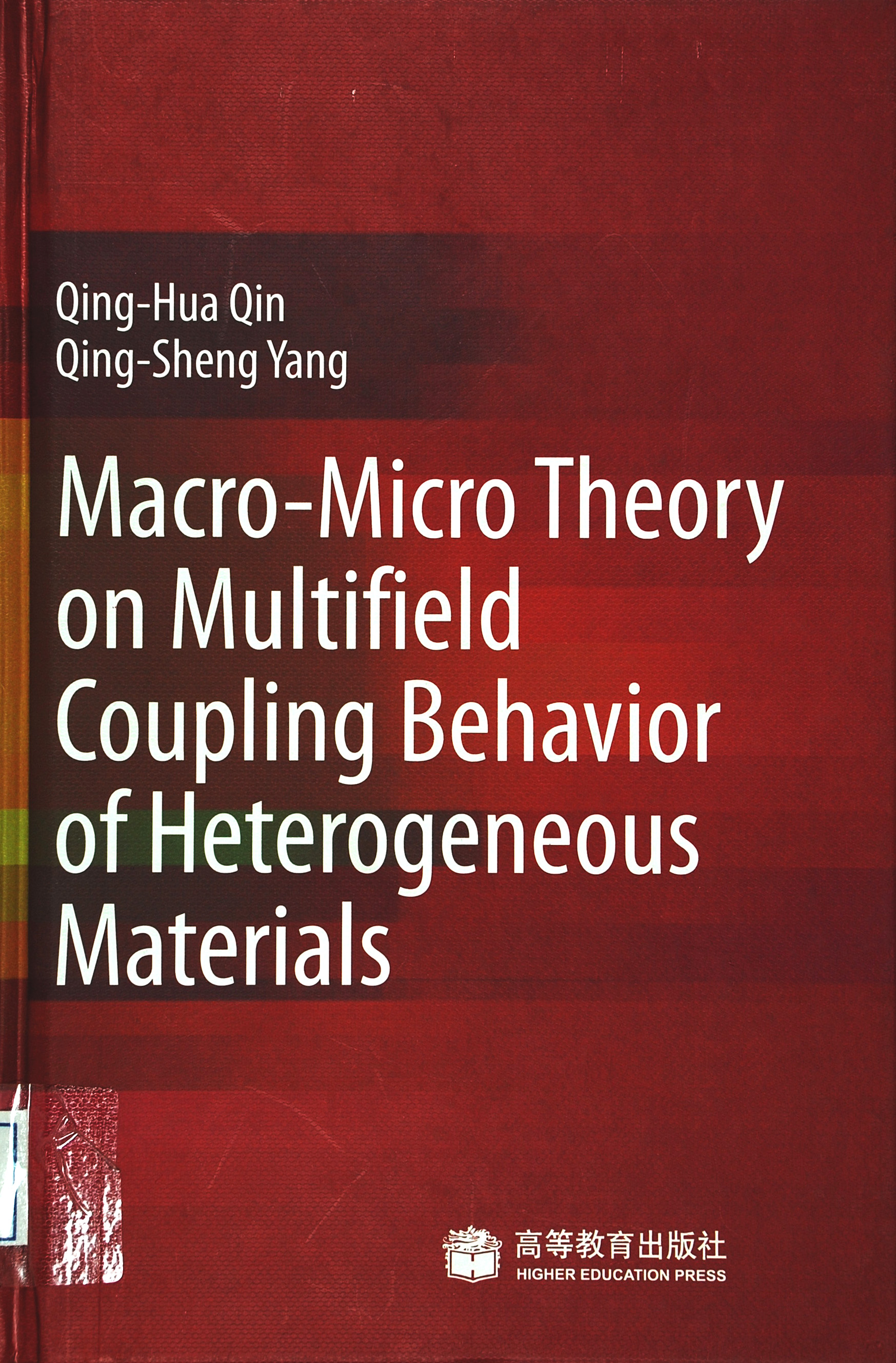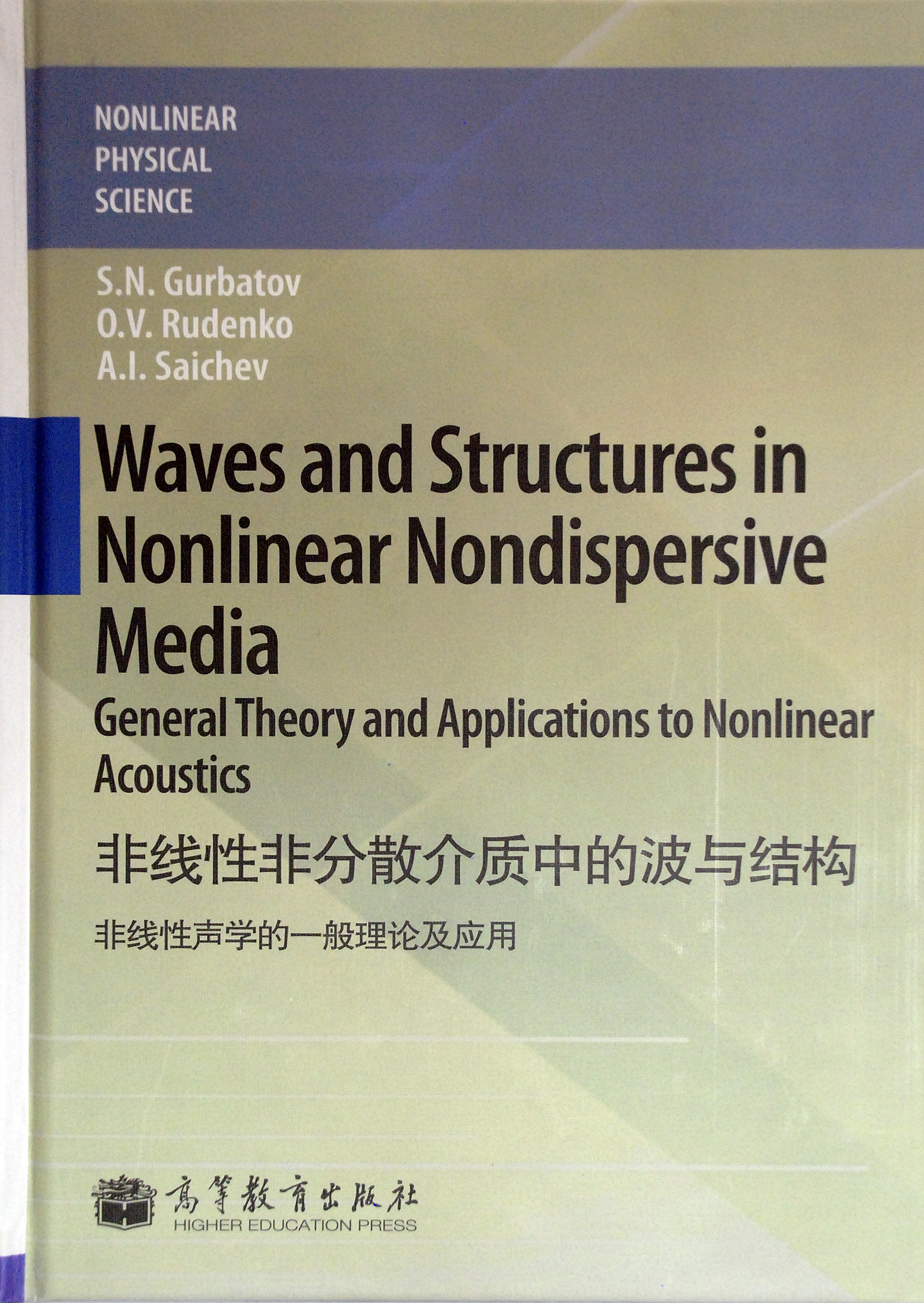纵向数据分析方法及应用(英文版)
作者: 刘宪
出版时间:2015-07
出版社:高等教育出版社
- 高等教育出版社
- 9787040436884
- 1版
- 65244
- 48265955-4
- 平装
- B5
- 2015-07
- 560
- 450
- 理学
- 数学类
- O212
- 数学类
- 本科 研究生及以上
《纵向数据分析方法与应用(英文版)》旨在系统地介绍纵向数据分析的基本概念、理论设定和应用步骤,重点通过SAS计算机程序对实际数据进行分析,从而深入浅出地描述纵向数据分析的各类模型。书中涉及的统计方法包括各类描述性估算法、线性混合效应模型、随机效应的统计推断及估计、残差协方差结构类型、广义线性混合效应模型的理论性描述、二分组结局混合效应模型、多结局混合效应模型、各类潜变量发展模型、缺损数据分类及分析方法以及一些纵向分析方面的专题研究。
本书着重于各类纵向分析模型的实际运用,而不拘泥于模型的纯理论推论,从而使对纵向数据分析有兴趣的科研人员以及大学生、研究生从中受益。
Biography
Preface
CHAPTER 1 Introduction
1.1 What is Longitudinal Data Analysis?
1.2 History of Longitudinal Analysis and its Progress
1.3 Longitudinal Data Structures
1.3.1 Multivariate Data Structure
1.3.2 Univariate Data Structure
1.3.3 Balanced and Unbalanced Longitudinal Data
1.4 Missing Data Patterns and Mechanisms.
1.5 Sources of Correlation in Longitudinal Processes
1.6 Time Scale and the Number of Time Points
1.7 Basic Expressions of Longitudinal Modeling
1.8 Organization of the Book and Data Used for Illustrations.
1.8.1 Randomized Controlled Clinical Trial on the Effectiveness of Acupuncture Treatment on PTSD
1.8.2 Asset and Health Dynamics Among the Oldest Old (AHEAD)
CHAPTER 2 Traditional Methods of Longitudinal Data Analysis
2.1 Descriptive Approaches
2.1.1 Time Plots of Trends
2.1.2 Paired t-Test
2.1.3 Effect Size Between Two Means and its Confi dence Interval
2.1.4 Empirical Illustration: Descriptive Analysis on the Effectiveness of Acupuncture Treatment in Reduction of PTSD Symptom Severity
2.2 Repeated Measures ANOVA
2.2.1 Specifi cations of One-Factor ANOVA
2.2.2 One-Factor Repeated Measures ANOVA
2.2.3 Specifi cations of Two-Factor Repeated Measures ANOVA
2.2.4 Empirical Illustration: A Two-Factor Repeated Measures ANOVA – The Effectiveness of Acupuncture Treatment on PCL Revisited
2.3 Repeated Measures MANOVA
2.3.1 General MANOVA
2.3.2 Hypothesis Testing on Effects in MANOVA
2.3.3 Repeated Measures MANOVA
2.3.4 Empirical Illustration: A Two-Factor Repeated Measures MANOVA on the Effectiveness of Acupuncture Treatment on Two Psychiatric Disorders
2.4 Summary
CHAPTER 3 Linear Mixed-Effects Models
3.1 Introduction of Linear Mixed Models: Three Cases
3.1.1 Case I: One-Factor Linear Mixed Model with Random Intercept
3.1.2 Case II: linear Mixed Model with Random Intercept and Random Slope.
3.1.3 Case III: Linear Mixed Model with Random Effects and Three Covariates
3.2 Formalization of Linear Mixed Models
3.2.1 General Specifi cation of Linear Mixed Models
3.2.2 Variance–Covariance Matrix and Intraindividual Correlation
3.2.3 Formalization of Variance–Covariance Components
3.3 Inference and Estimation of Fixed Effects In Linear Mixed Models
3.3.1 Maximum Likelihood Methods
3.3.2 Statistical Inference and Hypothesis Testing on Fixed Effects
3.3.3 Missing Data
3.4 Trend Analysis
3.4.1 Polynomial Time Functions
3.4.2 Methods to Reduce Collinearity in Polynomial Time Terms
3.4.3 Numeric Checks on Polynomial Time Functions
3.5 Empirical Illustrations: Application of Two Linear Mixed Models
3.5.1 Linear Mixed Model on Effectiveness of Acupuncture Treatment on PCL Score
3.5.2 Linear Mixed Model on Marital Status and Disability Severity in Older Americans
3.6 Summary
CHAPTER 4 Restricted Maximum Likelihood and Inference of Random Effects in Linear Mixed Models
4.1 Overview of Bayesian Inference
4.2 Restricted Maximum Likelihood Estimator
4.2.1 MLE Bias in Variance Estimate in General Linear Models
4.2.2 Specifi cation of REML in General Linear Models
4.2.3 REML Estimator in Linear Mixed Models
4.2.4 Justifi cation of the Restricted Maximum Likelihood Method
4.2.5 Comparison Between ML and REML Estimators
4.3 Computational Procedures
4.3.1 Newton–Raphson Algorithm
4.3.2 Expectation–Maximization Algorithm
4.4 Approximation of Random Effects in Linear Mixed Models
4.4.1 Best Linear Unbiased Prediction
4.4.2 Shrinkage and Reliability
4.5 Hypothesis Testing on Variance Component G
4.6 Empirical Illustrations: Linear Mixed Models with REML
4.6.1 Linear Mixed Model on Effectiveness of Acupuncture Treatment on PCL Score
4.6.2 Linear Mixed Model on Marital Status and Disability Among Older Americans
4.7 Summary
CHAPTER 5 Patterns of Residual Covariance Structure
5.1 Residual Covariance Pattern Models with Equal Spacing
5.1.1 Compound Symmetry (CS)
5.1.2 Unstructured Pattern (UN)
5.1.3 Autoregressive Structures – AR(1) and ARH(1)
5.1.4 Toeplitz Structures – TOEP and TOEPH
5.2 Residual Covariance Pattern Models with Unequal Time Intervals
5.2.1 Spatial Power Model – SP(POW)
5.2.2 Spatial Exponential Model – SP(EXP)
5.2.3 Spatial Gaussian Model – SP(GAU)
5.2.4 Hybrid Residual Covariance Model
5.3 Comparison of Covariance Structures
5.4 Scaling of Time as a Classifi cation Factor
5.4.1 Scaling Approaches for Classifi cation Factors.
5.4.2 Coding Schemes of Time as a Classifi cation Factor.
5.5 Least Squares Means, Local Contrasts, and Local Tests
5.5.1 Least Squares Means
5.5.2 Local Contrasts and Local Tests
5.6 Empirical Illustrations: Estimation of Two Linear Regression Models
5.6.1 Linear Regression Model on Effectiveness of Acupuncture Treatment on PCL Score
5.6.2 Linear Regression Model on Marital Status and Disability Severity Among Older Americans
5.7 Summary
CHAPTER 6 Residual and Infl uence Diagnostics
6.1 Residual Diagnostics
6.1.1 Types of Residuals in Linear Regression Models
6.1.2 Semivariogram in Random Intercept Linear Models
6.1.3 Semivariogram in the Linear Random Coeffi cient Model
6.2 Infl uence Diagnostics
6.2.1 Cook’s D and Related Infl uence Diagnostics
6.2.2 Leverage
6.2.3 DFFITS, MDFFITS, COVTRACE, and COVRATIO Statistics
6.2.4 Likelihood Displacement Statistic Approximation
6.2.5 LMAX Statistic for Identifi cation of Infl uential Observations
6.3 Empirical Illustrations on Infl uence Diagnostics
6.3.1 Infl uence Checks on Linear Mixed Model Concerning Effectiveness of Acupuncture Treatment on PCLScore
6.3.2 Infl uence Diagnostics on Linear Mixed Model Concerning Marital Status and Disability Severity Among Older Americans
6.4 Summary
CHAPTER 7 Special Topics on Linear Mixed Models
7.1 Adjustment of Baseline Response in Longitudinal Data Analysis
7.1.1 Adjustment of Baseline Score and the Lord’s Paradox
7.1.2 Adjustment of Baseline Score in Longitudinal Data Analysis
7.1.3 Empirical Illustrations on Adjustment of Baseline Score
7.2 Misspecifi cation of the Assumed Distribution of Random Effects
7.2.1 Heterogeneity Linear Mixed Model
7.2.2 Nonnormal Random Effect Distribution in Linear Mixed Models
7.2.3 Best Predicted Random Effects in Different Distributions
7.2.4 Empirical Illustration: Comparison Between Blup and Least Squares Means.
7.3 Pattern-Mixture Modeling
7.3.1 Classifi cation of Heterogeneous Groups
7.3.2 Basic Theory of Pattern-Mixture Modeling
7.3.3 Pattern-Mixture Model.
7.3.4 Empirical Illustration of Pattern-Mixture Modeling
7.4 Summary
CHAPTER 8 Generalized Linear Mixed Models on Nonlinear Longitudinal Data
8.1 A Brief Overview of Generalized Linear Models
8.2 Generalized Linear Mixed Models and Statistical Inferences
8.2.1 Basic Specifi cations of Generalized Linear Mixed Models
8.2.2 Statistical Inference and Likelihood Functions
8.2.3 Procedures of Maximization and Hypothesis Testing on Fixed Effects
8.2.4 Hypothesis Testing on Variance Components
8.3 Methods of Estimating Parameters in Generalized Linear Mixed Models
8.3.1 Penalized Quasi-Likelihood Method
8.3.2 Marginal Quasi-Likelihood Method
8.3.3 The Laplace Method
8.3.4 Gaussian Quadrature and Adaptive Gaussian Quadrature Methods
8.3.5 Markov Chain Monte Carlo Methods
8.4 Nonlinear Predictions and Retransformation of Random Components
8.4.1 Best Linear Unbiased Prediction Based on Linearization
8.4.2 Empirical Bayes BLUP
8.4.3 Retransformation Method
8.5 Some Popular Specifi c Generalized Linear Mixed Models
8.5.1 Mixed-Effects Logistic Regression Model
8.5.2 Mixed-Effects Ordered Logistic Model
8.5.3 Mixed-Effects Multinomial Logit Regression Models
8.5.4 Mixed-Effects Poisson Regression Models
8.5.5 Survival Models
8.6 Summary
CHAPTER 9 Generalized Estimating Equations (GEEs) Models
9.1 Basic Specifi cations and Inferences of GEEs
9.1.1 Specifi cations of “Naïve” Model with Independence Hypothesis
9.1.2 Basic Specifi cations of GEEs
9.1.3 Specifi cations of Working Correlation Matrix
9.1.4 Quasi-Likelihood Information Criteria for GEEs
9.2 Other GEE Approaches
9.2.1 Prentice’s GEE Approach
9.2.2 Zhao and Prentice’s GEE Method (GEE2).
9.2.3 GEE Models on Odds Ratios
9.3 Relationship Between Marginal and Random-Effects Models
9.3.1 Comparison Between the Two Approaches
9.3.2 Use of GEEs to Fit a Conditional Model
9.4 Empirical Illustration: Effect of Marital Status on Disability Severity in Older Americans
9.5 Summary
CHAPTER 10 Mixed-Effects Regression Model for Binary Longitudinal Data
10.1 Overview of Conventional Logistic and Probit Regression Models
10.2 Specifi cation of Random Intercept Logistic Regression Model
10.3 Specifi cation of Random Coeffi cient Logistic Regression Model
10.4 Inference of Mixed-Effects Logit Model
10.5 Approximation of Variance for Predicted Response Probability
10.6 Interpretability of Regression Coeffi cients and Odds Ratios
10.7 Computation of Conditional Effect and Conditional Odds Ratio for a Covariate
10.8 Empirical Illustration: Effect of Marital Status on Probability of Disability Among Older Americans
10.8.1 Analytic Plan
10.8.2 Analytic Steps with SAS Programs
10.8.3 Analytic Results
10.8.4 Nonlinear Predictions
10.8.5 Graphical Results
10.9 Summary.
CHAPTER 11 Mixed-Effects Multinomial Logit Model for Nominal Outcomes
11.1 Overview of Multinomial Logistic Regression Model
11.2 Mixed-Effects Multinomial Logit Models and Nonlinear Predictions
11.3 Estimation of Fixed and Random Effects
11.4 Approximation of Variance–Covariance Matrix on Probabilities
11.5 Conditional Effects of Covariates on Probability Scale.
11.6 Empirical Illustration: Marital Status and Longitudinal Trajectories of Disability and Mortality AmongOlder Americans.
11.6.1 Data, Measures, and Models
11.6.2 Analytic Steps with SAS Programs
11.6.3 Analytic Results and Nonlinear Predictions
11.6.4 Conditional Effects of Marital Status
11.6.5 Graphical Analysis on Nonlinear Predictions
11.7 Summary
CHAPTER 12 Longitudinal Transition Models for Categorical Response Data
12.1 Overview of Two-Time Multinomial Transition Modeling
12.2 Longitudinal Transition Models with Only Fixed Effects
12.3 Mixed-Effects Multinomial Logit Transition Models
12.3.1 Random Intercept Multinomial Logit Transition Model
12.3.2 Random Coeffi cient Multinomial Logit Transition Model
12.3.3 Statistical Inference of Mixed-Effects Multinomial Logit Transition Model
12.3.4 Approximation of Variance–Covariance Matrix for Transition Probabilities
12.3.5 Creation of Separate Multinomial Logit Transition Models
12.4 Empirical Illustration: Predicted Transition Probabilities in Functional Status and Marital Status Among Older Americans
12.4.1 Measures, Models, and SAS Programs
12.4.2 Prediction of Transition Probabilities
12.4.3 Effects of Marital Status on Transition Probabilities
12.5 Summary
CHAPTER 13 Latent Growth, Latent Growth Mixture,and Group-Based Models
13.1 Overview of Structural Equation Modeling
13.2 Latent Growth Model
13.3 Latent Growth Mixture Model
13.4 Group-Based Model
13.5 Empirical Illustration: Effect of Marital Status on ADL Count Among Older Americans Revisited
13.6 Summary
CHAPTER 14 Methods for Handling Missing Data
14.1 Mathematical Defi nitions of MCAR, MAR, and MNAR
14.2 Methods Handling Missing at Random
14.2.1 Simple Approaches
14.2.2 Last Observation Carried Forward
14.2.3 Multiple Imputations.
14.2.4 Comparison Between MI and Shrinkage
14.2.5 Empirical Illustration: Comparison of AnalyticResults with and without Multiple Imputationson Missing Data
14.3 Methods Handling Missing Not at Random.
14.3.1 Impact of Nonignorable Missing Data in Longitudinal Data Analysis
14.3.2 Selection Model on MNAR
14.3.3 Pattern Mixture Model on MNAR.
14.3.4 Nonparametric Regression Model on NonignorableMissing Data
14.3.5 Empirical Illustration: Comparison of Different Methods for Handling Nonignorable Missing Data
14.4 Summary
Appendix A Orthogonal Polynomials
Appendix B The Delta Method
Appendix C Quasi-Likelihood Functions and Properties
Appendix D Model Specifi cation and SAS Program for Random Coeffi cient Multinomial Logit Model on Health State Among Older Americans
References
Subject Index
版权

